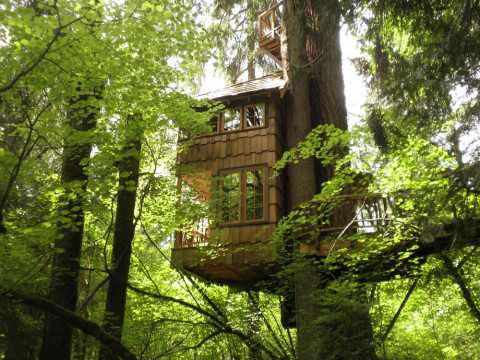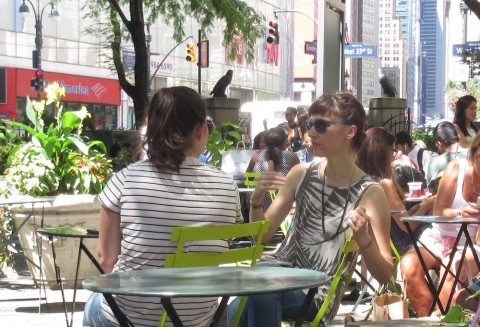Confirming Nature’s Benefits (02-15-23)
Research by Phillips and colleagues verifies the value of having access to nature.
Research by Phillips and colleagues verifies the value of having access to nature.
Research conducted by a Gawryluk-lead team argues for keeping air clean.
Turunen and colleagues researched links between green and blue spaces and quality-of-life.
Marco determined that storage options meaningfully impact residential experiences.

Design has a significant influence on our mental and physical health. Neuroscience research indicates not only how aspects of designed environments can influence user health, but also how our mental and physical health are linked.

Generating a vibrant vibe
Adikesavan and Ramasubramanian studied the implications of hotdesking at universities.
Hopland and Kvamsdal link environmental conditions in public buildings with citizens’ satisfaction with the services provided by the people who work in those buildings.
Ayoko and teammates reviewed how office noise influences employee mood (affect), which is particularly important because more positive moods enhance cognitive performance, getting along with other people, wellbeing, and health.
For her dissertation, Harrington studied how starting to work in an activity-based workplace (ABW) influences how people think and behave.